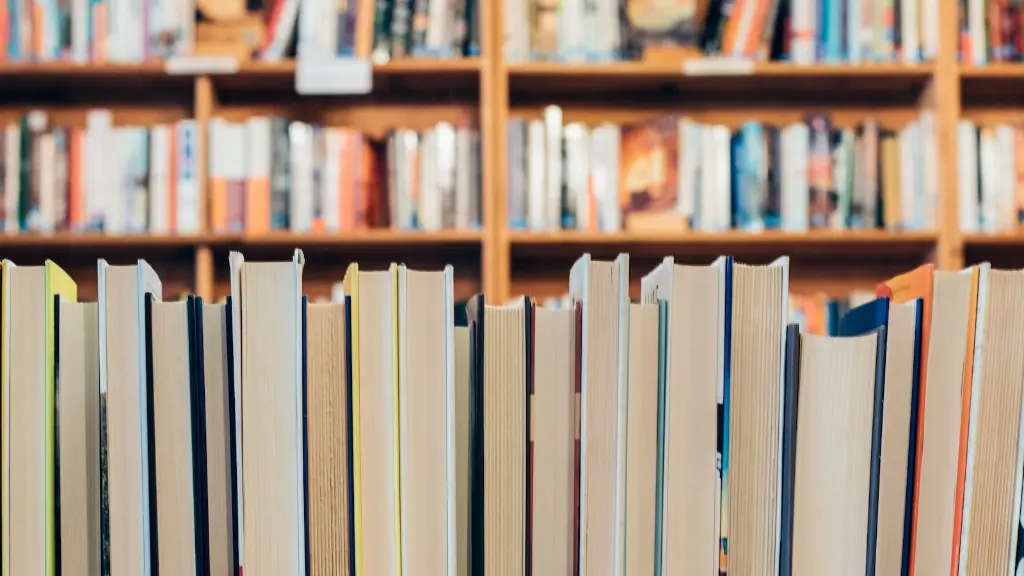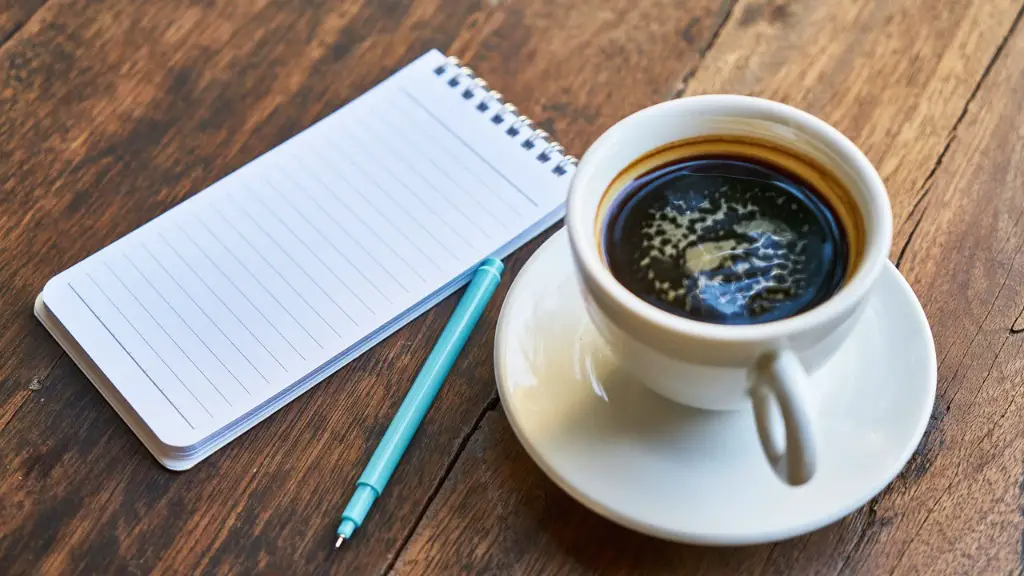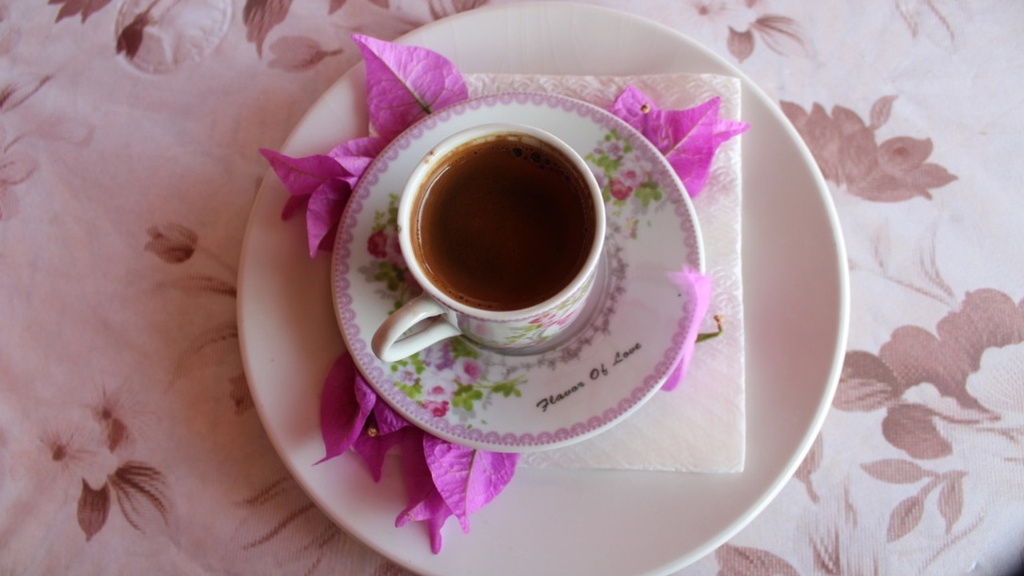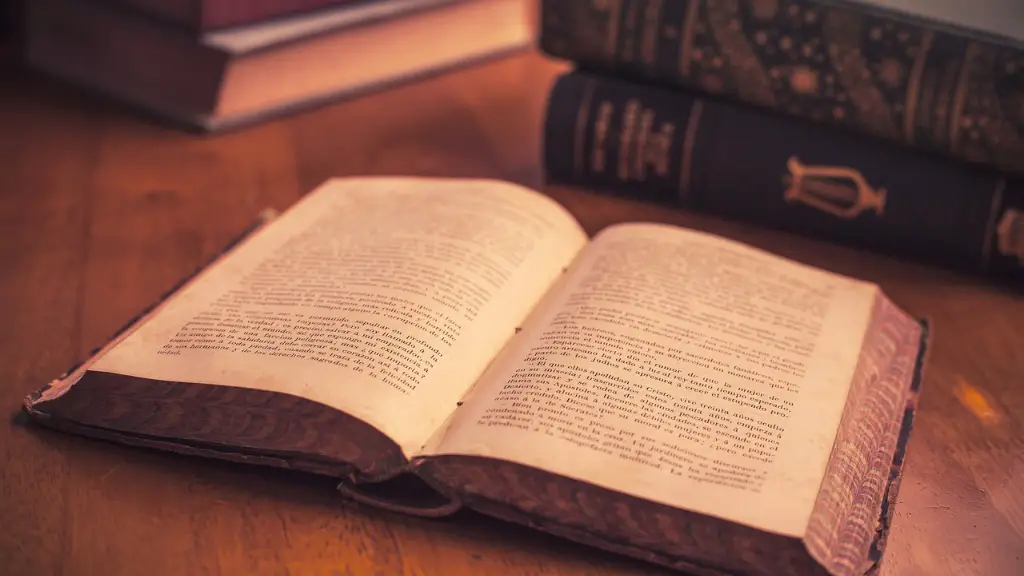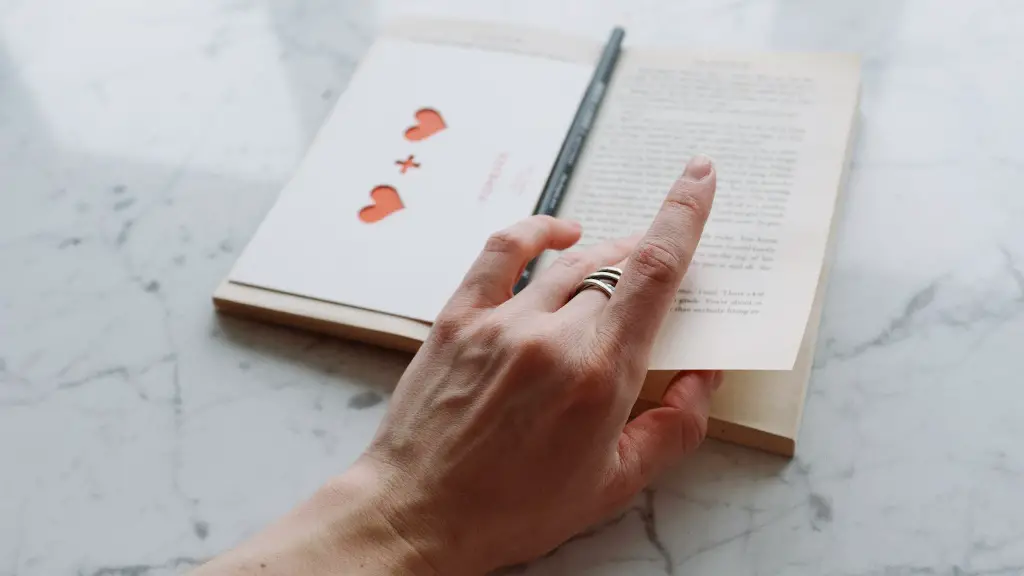Understanding the Rhythm of Poetry
Understanding how rhythm works in poetry is key for unlocking the true potential behind poetic creations. This article explains the logic behind rhyme and metre as well as offering a few tips to help amateur and experienced poets alike to create more rhythmic and sophisticated verse.
The Meaning of ‘Rhythm’ in Poetry
Rhythm is the natural pulse of a piece of writing, the cadence and flow of a particular poem. To explain rhythm in terms of poetry, the Merriam-Webster Dictionary defines it as “the regular recurrence of particular sounds or syllables in a poetic line”. Put simply, rhythm is the use of words and syllables that create a certain sound or feeling when said aloud.
Rhythm helps to make a poem more memorable because of its musicality when read aloud. It helps the reader to stay engaged and connected with the text. It can be used to access a deeper level of meaning within the poem. For example, the rhythm can be used to hint at hidden emotions or hidden stories within the poem.
Meters and Rhymes
Meter is a form of rhythm that uses repetition of stressed and unstressed syllables. It is often used to organize poetry into different lines. It is often represented by the use of ‘feet’, or the number of stressed and unstressed syllables that the line contains. For example, iambic pentameter is a type of meter that uses five feet of syllables in each line. It typically has an alternating pattern of unstressed and stressed syllables, with an emphasis on the stressed syllables.
Meter helps create mood and tone. When a poem has a consistent meter, it creates a certain rhythm that can invoke emotion in the reader. It helps to ensure that the poem stays consistent and can be reproduced exactly the same each time it is read aloud.
Rhyme is another form of rhythm in poetry. Rhyme is when two or more words have the same sound at the end of the line. Rhyme is often used to create a pattern that is pleasing to hear when read aloud. It can also be used to create a sense of unity and structure.
For example, in a Shakespearean sonnet, the rhyme scheme would often look like this: ABAB CDCD EFEF GG. In this scheme, the first two lines rhyme (ABAB), the next two lines rhyme (CDCD), and so on. The rhyme scheme helps to create a certain musicality when the poem is read aloud and make it more memorable in the audience’s mind.
Tips for Writing Rhythmic Poetry
To create more rhythmic and sophisticated poetry, there are a few tips to keep in mind. First, focus on the lyrics. The words you choose should have strong syllables to create a pleasing rhythm. Try to create a meter and rhyme scheme that creates an emotional connection with the readers. It’s also important to try out different sounds and combinations of words to create a unique and musical poem.
Secondly, practice and experiment. Don’t be afraid to explore different words, sounds, and patterns. This can help you to find your own unique style and develop your craft. It’s also important to read and listen to poetry that uses different rhythms and meters. This can help to inspire your own writing and help you to develop a better understanding of how rhythm works in poetry.
Finally, be sure to edit. Don’t be afraid to edit, refine, and rewrite your poem until you are pleased with the results. A poem is not complete until it is fully refined and polished.
The Power of Rhyme and Meter
Rhyme and meter are a powerful tool in creating great and memorable poetry. They are a way to capture emotion and evoke feeling in the reader. Knowing how to use them can help to create complex and beautiful poetic works.
Using Assonance and Alliteration
Assonance and alliteration are two more forms of rhythm in poetry and are commonly used to create an appealing musical quality in the poem. Assonance is the repetition of vowel sounds within certain words and lines, while alliteration is the repetition of consonant sounds within certain words and lines.
Assonance and alliteration can be used to bring attention to certain words, or to create a rhyme within a line without using the same exact words. For example, the phrase “the long, mellow moan” is a great example of alliteration, as it features the repetition of the “l” and “m” sounds.
The Use of Metaphors and Similes
Metaphors and similes can also be used to create rhythm in poetry. A metaphor is when you compare one object to another, while a simile is when you compare two objects with the use of the words “like” or “as”. For example, “The stars twinkle like fireflies in the night sky” is an example of a simile.
Metaphors and similes are a great way to add a lyrical quality to your poem and can be used to create strong images that resonate with the reader. It’s also a great way to establish a certain theme or mood within the poem.
Variations on Rhythm and Poetry
Rhythm can also be used to break up a poem and add variety. For example, you could use a sequence of lines with varying metre and emphasis, or use repetition and stanzas to create structure and unity. Alternatively, you could also break up a line with a gap or switch to a different rhythm entirely. The options for creating unique rhythms and structures in poetry are endless.
Sources of Inspiration
When writing a poem, it can be helpful to look for clues and inspiration from the natural world around us. Listen to people talking and observe the rhythm of their speeches or watch the way that a bird flies in the sky and the natural pattern it creates. All of these can be sources of inspiration when trying to create a unique rhythm in your poem.
Discovering the Beauty of Poetry
Rhythm is a crucial element for making a poem powerful and memorable. A poem’s rhythm can make the poem come alive and capture the readers’ attention. It’s important to take the time to explore and experiment with different rhythms and structures to find the best one for your poem. With practice and dedication, you can uncover the beauty of poetry and make it your own.
